The machines are being built by Herrenknecht in Germany and their names are being chosen now so they can be added to the machines during their manufacture, ready for when they emerge out of the factory.
After completion the first two machines will be disassembled before beginning their journey to Britain.
Once they have arrived on site, each TBM will be reassembled, ready for launch and to begin their life underground.
Together the TBMs will spend around three years excavating what will be the longest and deepest tunnels on the project, stretching from just inside the M25, to South Heath in Buckinghamshire.
They will be operated by HS2’s main works contractor, Align JV – a joint venture formed of three companies: Bouygues Travaux Publics, Sir Robert McAlpine, and VolkerFitzpatrick.
Mark Thurston, Chief Executive of HS2 Ltd, said: “The construction of HS2 is set to be an amazing opportunity to showcase global capability and innovation in the design and delivery of major infrastructure, and the Tunnel Boring Machines are one of the most fascinating aspects.
“Like mini cities, they will spend 24 hours a day, seven days a week boring under the Chilterns so that the homes and habitats above remain undisturbed.
“This is just one of many ways in which HS2 is delivering on its responsibilities to our neighbours and the natural environment and, when complete, the new railway will play a key role in reducing transport carbon emissions and improving air quality for the next generation.”
TBM Facts and Figures
- The TBMs are 170m in length – nearly twice the length of a football pitch
- Each one weighs roughly 2000 tonnes – the equivalent of 340 African bush elephants
- When they start they will run non-stop for 3.5 years – only stopping for Christmas and Bank Holidays until the tunnels are complete
- The tunnels will go as deep as 80m below the ground – ensuring communities and countryside above are not impacted by the railway
- The size of the TBM cutterhead which will bore the tunnels is 10.26m, roughly the height of two giraffes standing on top of one another
- The internal diameter of the tunnels in which the trains will pass through will be 9.1m, slightly larger than two London buses stacked on top of one another
- The tunnels will be lined with concrete segments that will be 2m x 4m and weigh on average 8.5 tonnes each
- 112,000 of these concrete segments will be required to complete both tunnels.





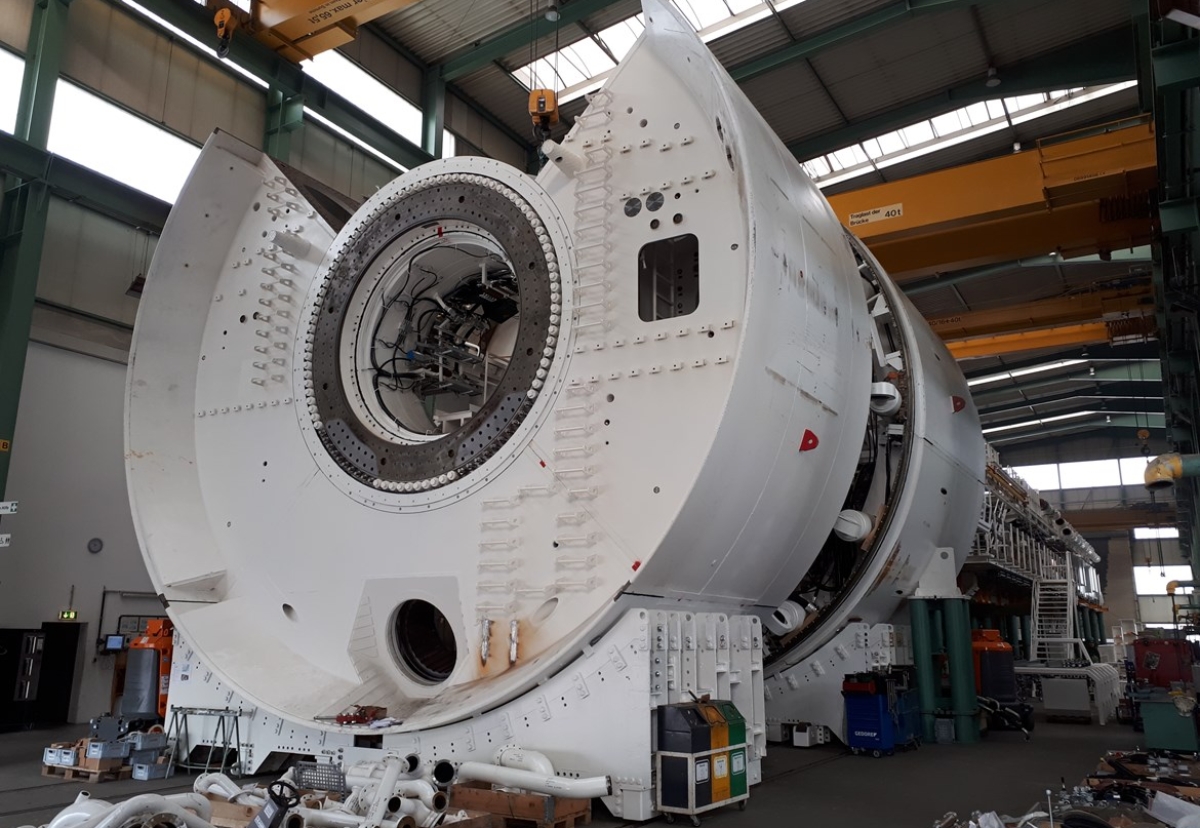













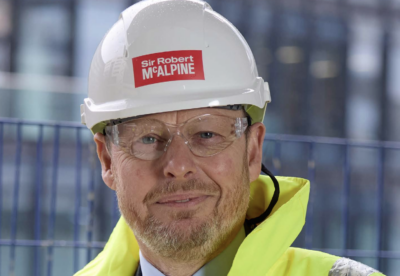
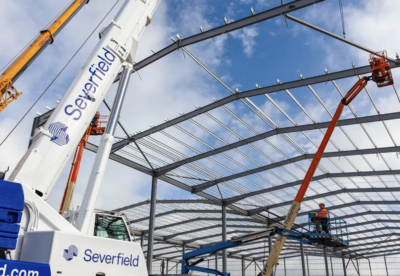
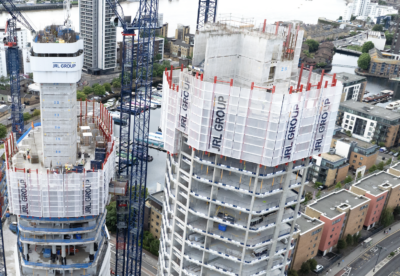


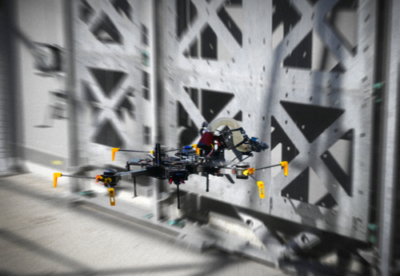





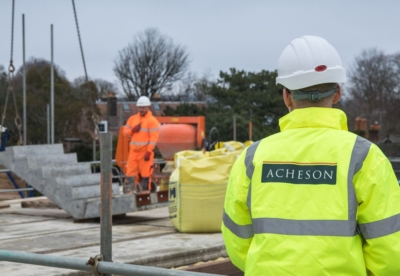
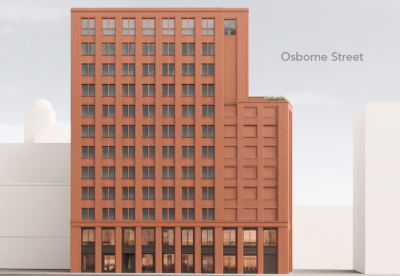

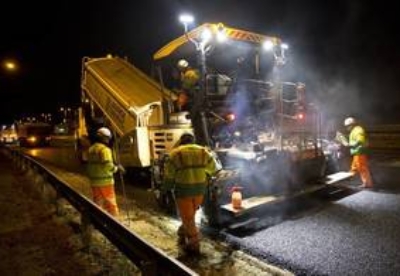



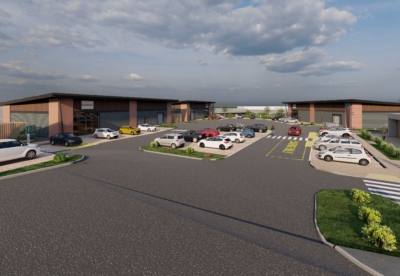


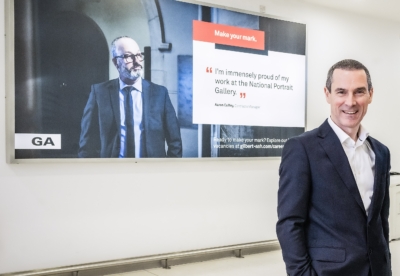
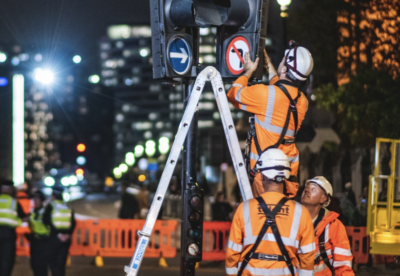
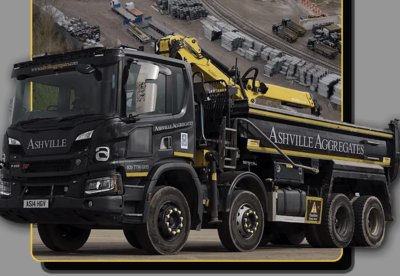

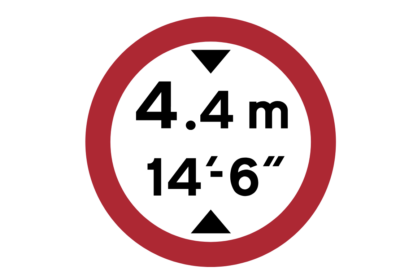





.gif)

